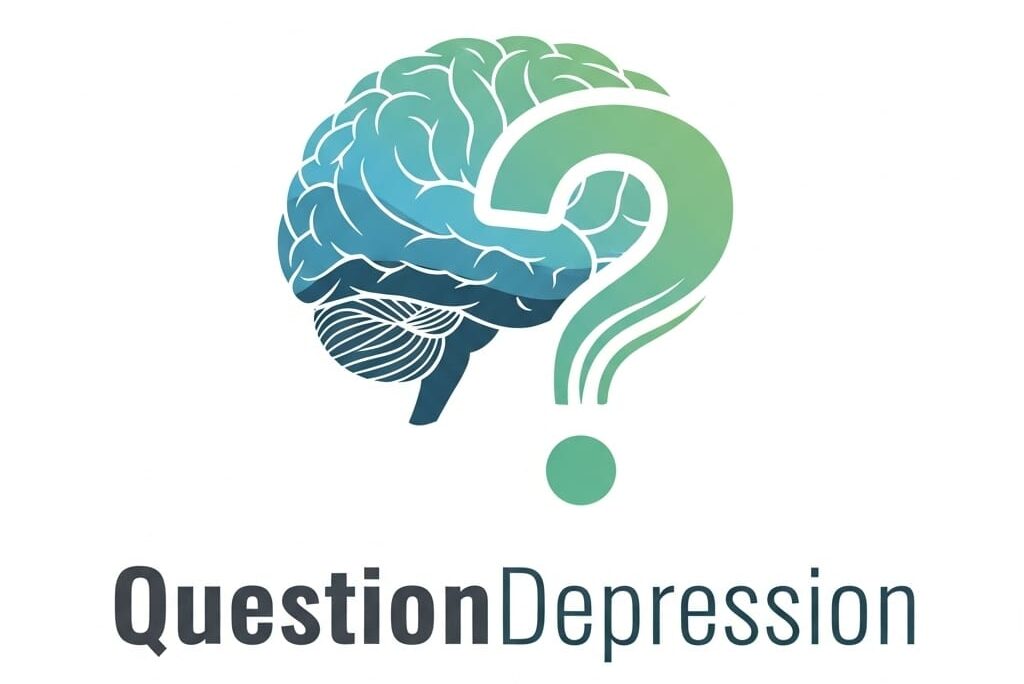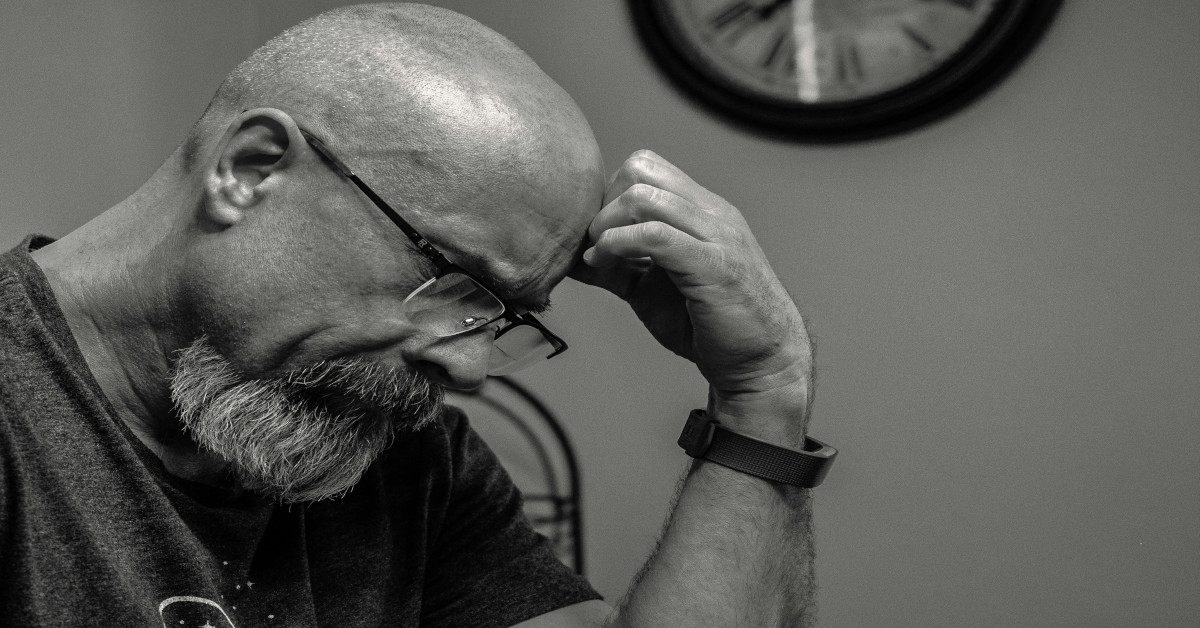The length of CBT varies depending on your specific needs, the severity of your condition, and how quickly you respond to treatment.
However, CBT is generally designed to be a short-term and goal-oriented therapy.
- Short-term CBT (most common):
-
- 6 to 20 sessions (weekly or biweekly).
-
- Average: 12–16 sessions for many common issues, like depression and anxiety.
-
- Can be as short as 4–8 sessions for mild cases.
- Longer-term CBT (for more complex issues):
-
- 20+ sessions for severe or chronic conditions (OCD, PTSD, personality disorders).
-
- Some people continue maintenance sessions (monthly or as needed) after the initial therapy.
- Ongoing CBT (relapse prevention and skills maintenance):
-
- Some choose to continue therapy on a long-term or as-needed basis for continued personal growth.
-
- Self-help CBT (journaling, apps, books) can help maintain progress after formal therapy ends.
Factors that affect CBT duration
- Your specific issue
Mild depression or anxiety may require fewer sessions, while OCD, PTSD, or personality disorders may take longer.
- How actively you participate
Doing homework and applying techniques speeds up progress.
- The therapist’s approach
Some CBT models, such as traditional CBT vs. schema therapy, take longer.
- Your personal goals
Some want to resolve a specific issue, while others use CBT for general emotional well-being.
Join our forum and Facebook
Please consider joining our forum and Facebook if you enjoyed reading this and would like to chat with like-minded peers about anything depression related.
It would certainly go a long way toward making my dream of creating a thriving, supportive community a reality!


